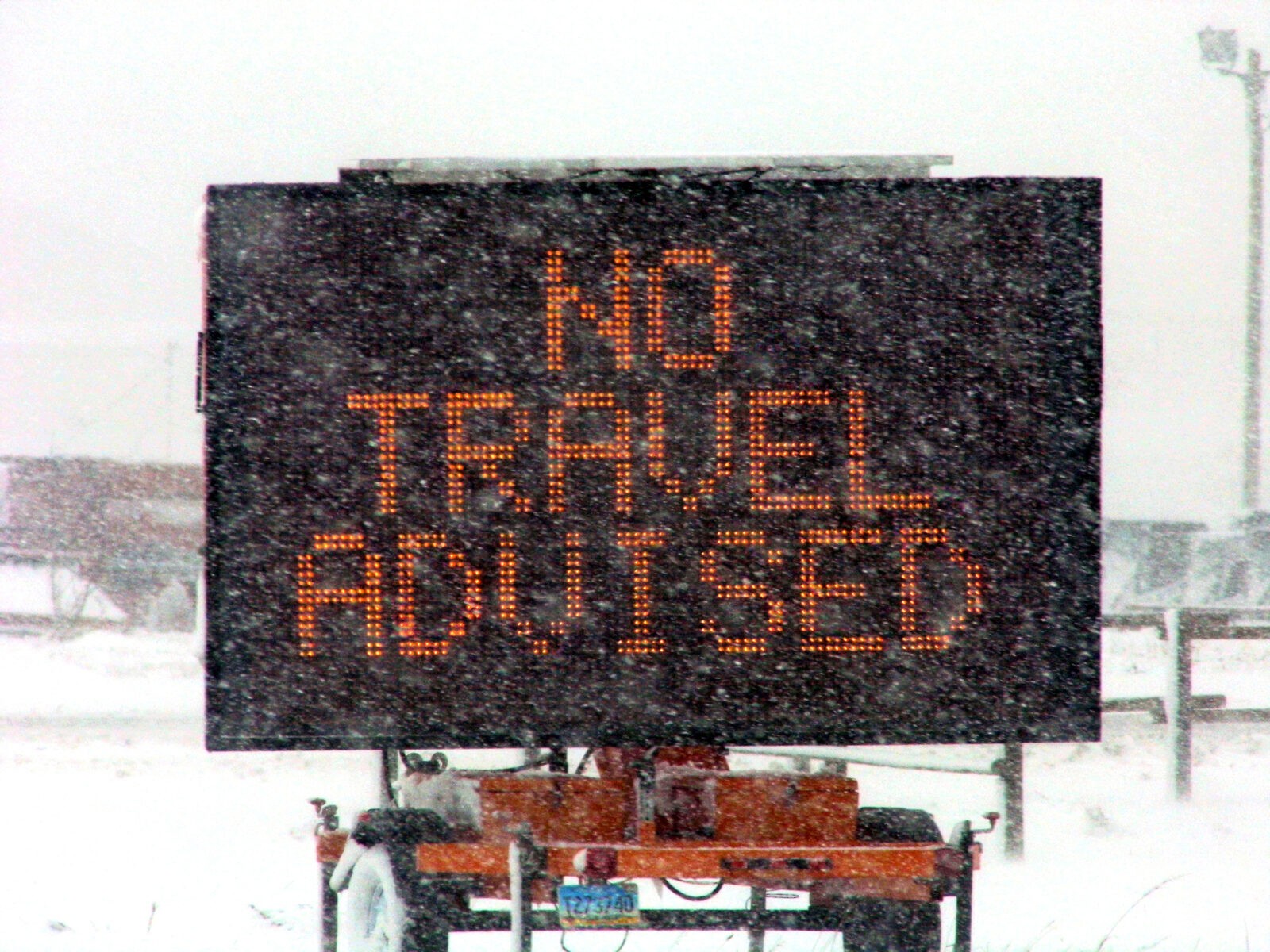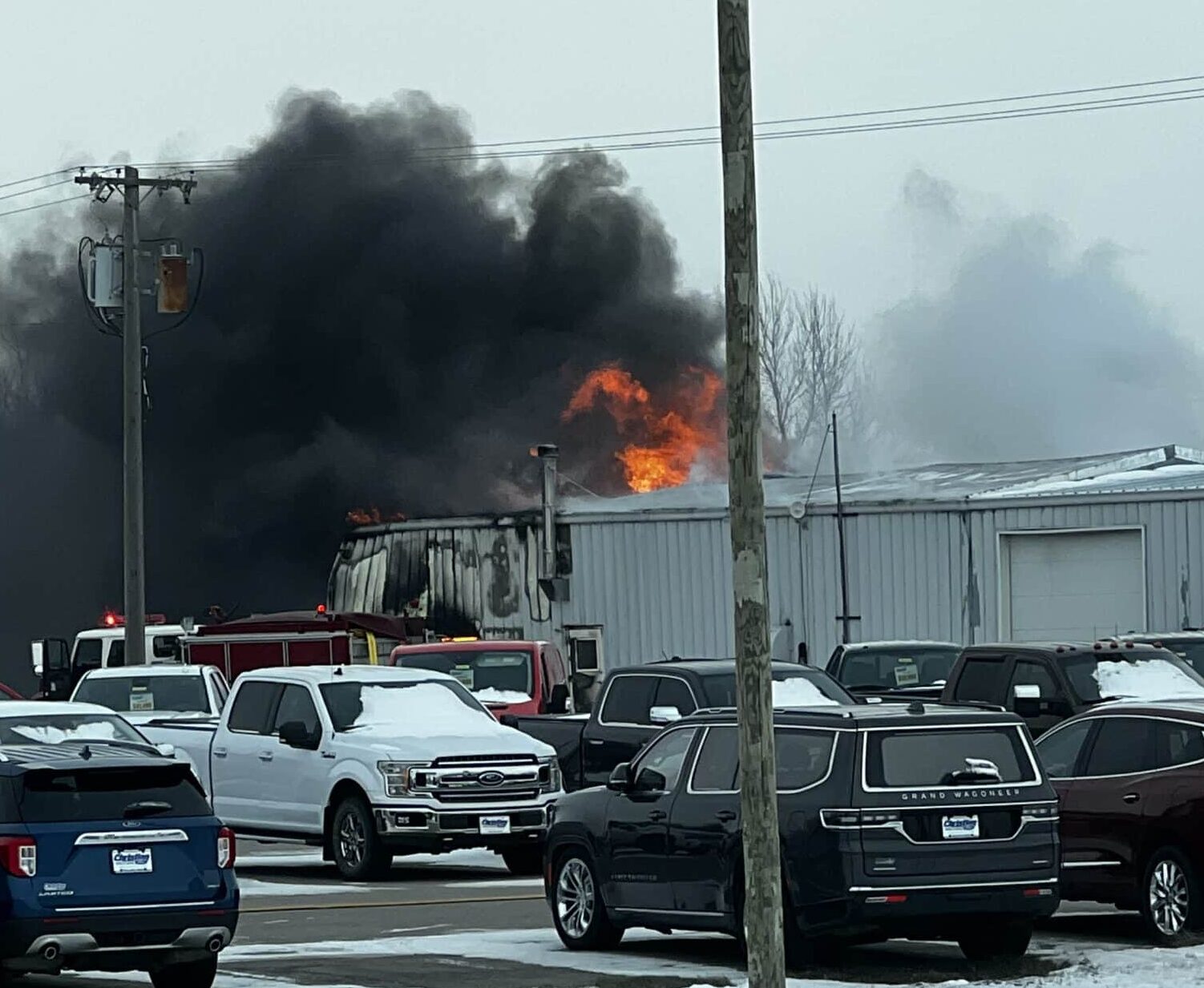The Minnesota Department of Transportation has lifted the no travel advisory for Northwest Minnesota as of Friday evening.
— — — — — — — — — — — — — —
The Minnesota Department of Transportation and the Minnesota State Patrol have closed highways in northwest Minnesota due to high winds and blowing snow causing whiteout conditions. Other area roads are listed as no travel advised.
Closed highways:
- Hwy 2 from North Dakota to Erskine
- Hwy 9- Highway 2 to Borup
- Hwy 11- Greenbush to North Dakota border
- Hwy 32- From Hwy 113 to Greenbush
- Hwy 59- Winger to Canadian border
- Hwy 75- Perley to Canadian border
- Hwy 113- Waubun to Hwy 32
- Hwy 175- Hwy 59 to North Dakota border
- Hwy 200 from North Dakota to Ada
- Hwy 220- Highway 2 to Highway 11
No travel advised:
- Hwy 1- Hwy 89 to North Dakota border
- Hwy 219- From Hwy 1 to Hwy 89
Motorists should plan accordingly. When a road is closed it is illegal to travel in that area. Motorists can be fined up to $1,000 and/or sentenced to 90 days in jail. In addition, if travelers need to be rescued from a closed road, other expenses and penalties will apply.
No Travel Advised means that the roadway has deteriorated and/or visibility has been reduced to the point that it is very dangerous to travel. Motorists are advised not to travel in these areas until conditions improve.
Important: even if state and federal highways are passable, travel may still be difficult on county, township and municipal roads. Check with local agencies for their road conditions.
Motorists should:
- Check road conditions at www.511mn.org or call 511; it takes time to get roads back to good driving conditions.
- Be patient and remember snowplows are working to improve road conditions for their trip.
- Stay back at least 10 car lengths behind the plow, far from the snow cloud.
- Stay alert for snowplows that turn or exit frequently and often with little warning. Plows may also travel over centerlines or partially in traffic to further improve road conditions.
- Slow down to a safe speed for current conditions. Snowplows typically move at slower speeds.





